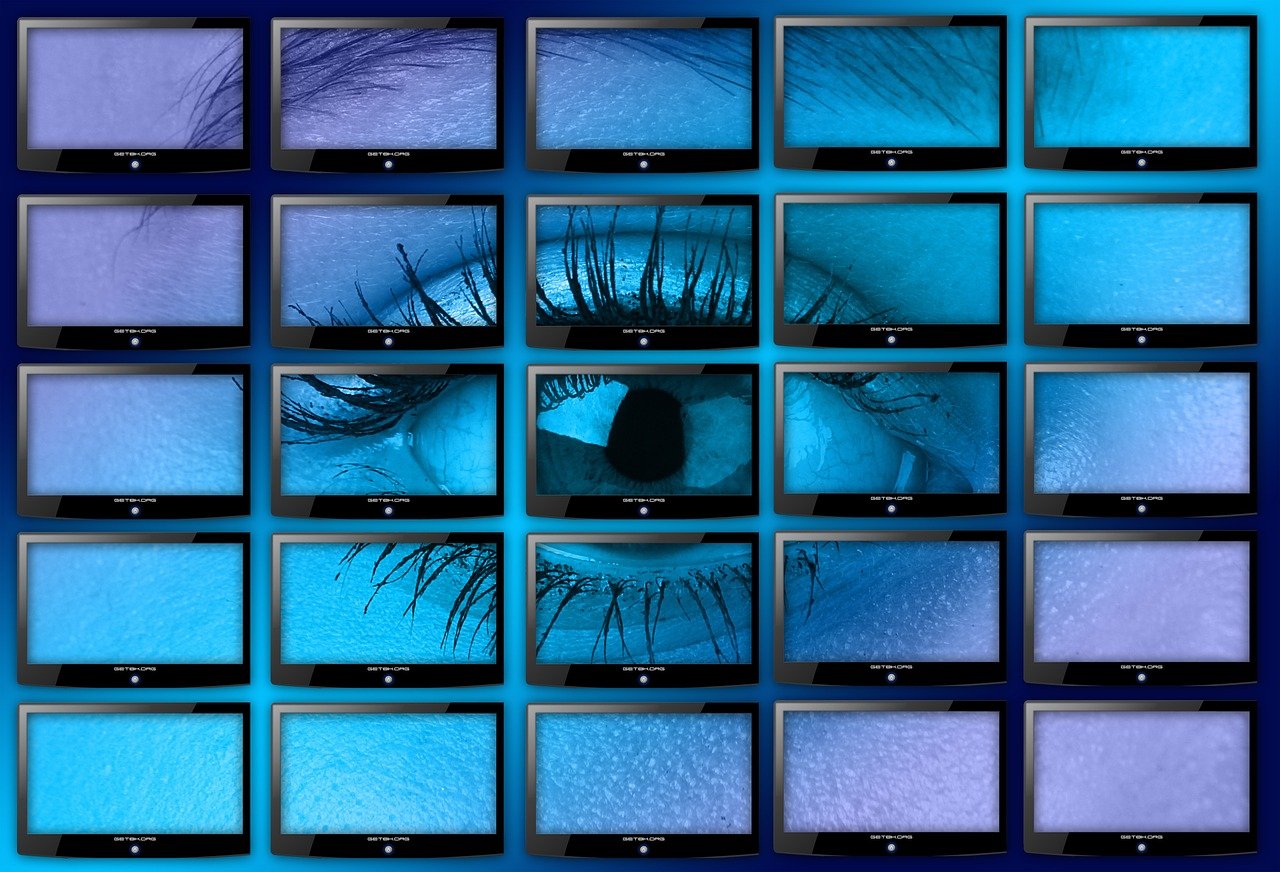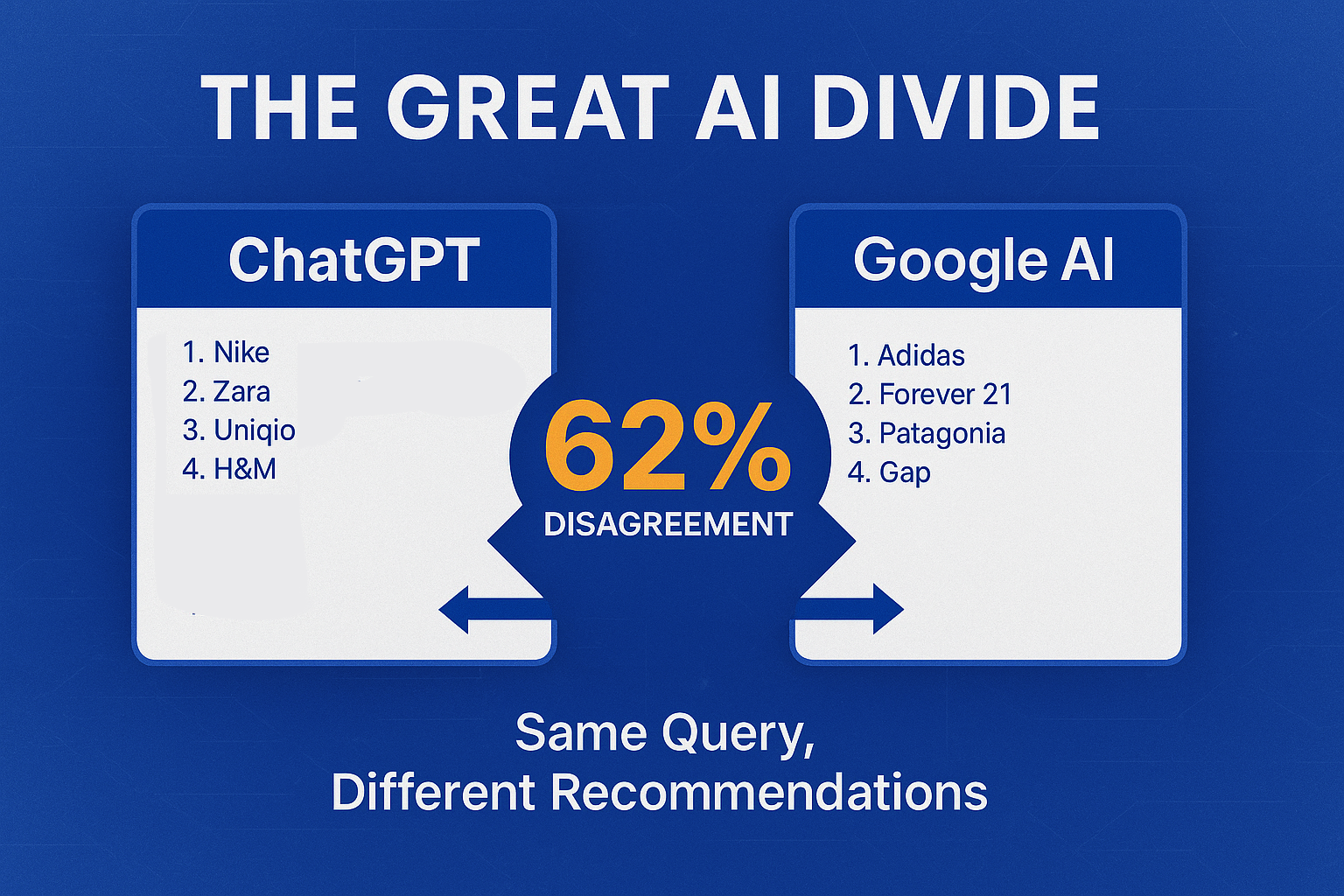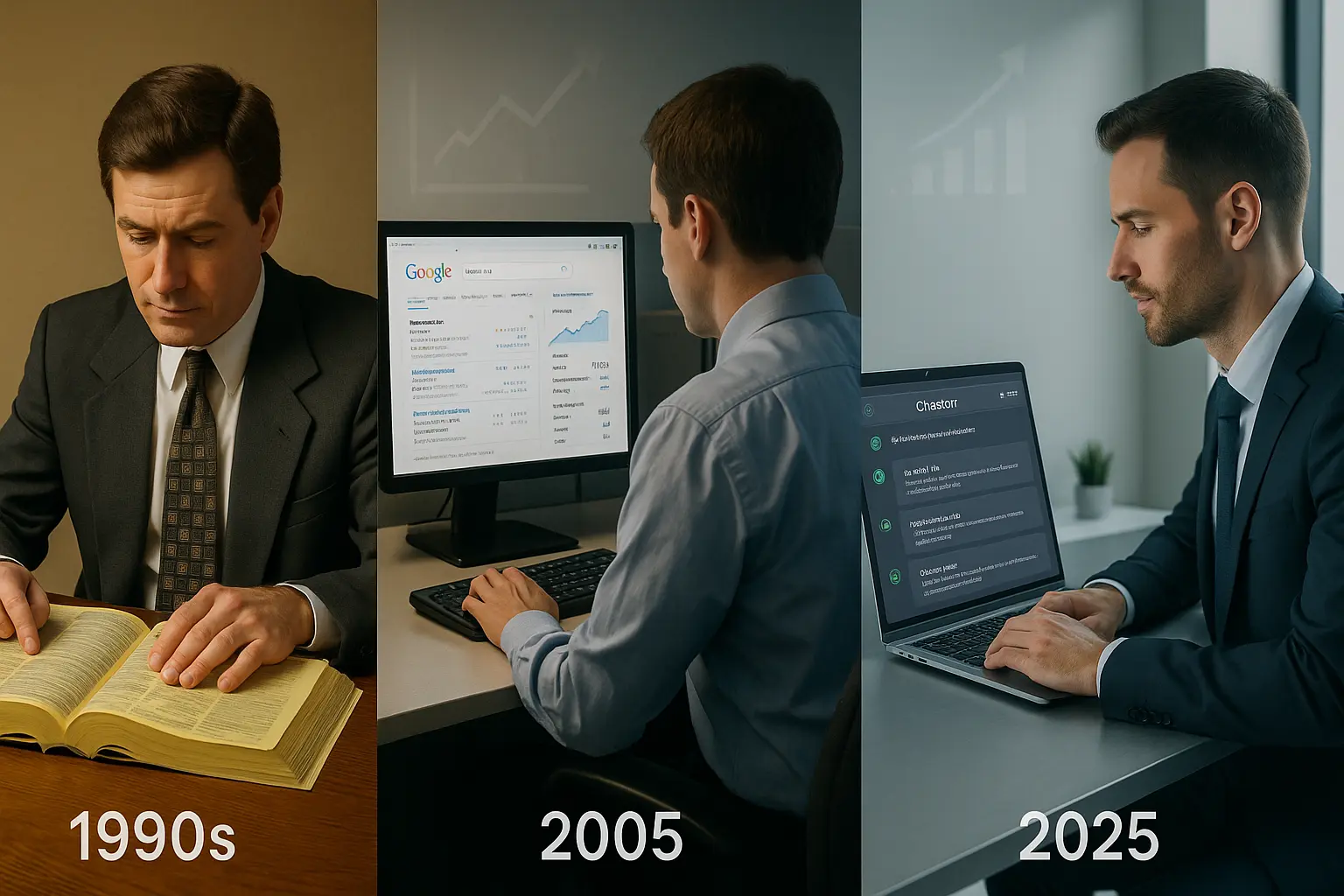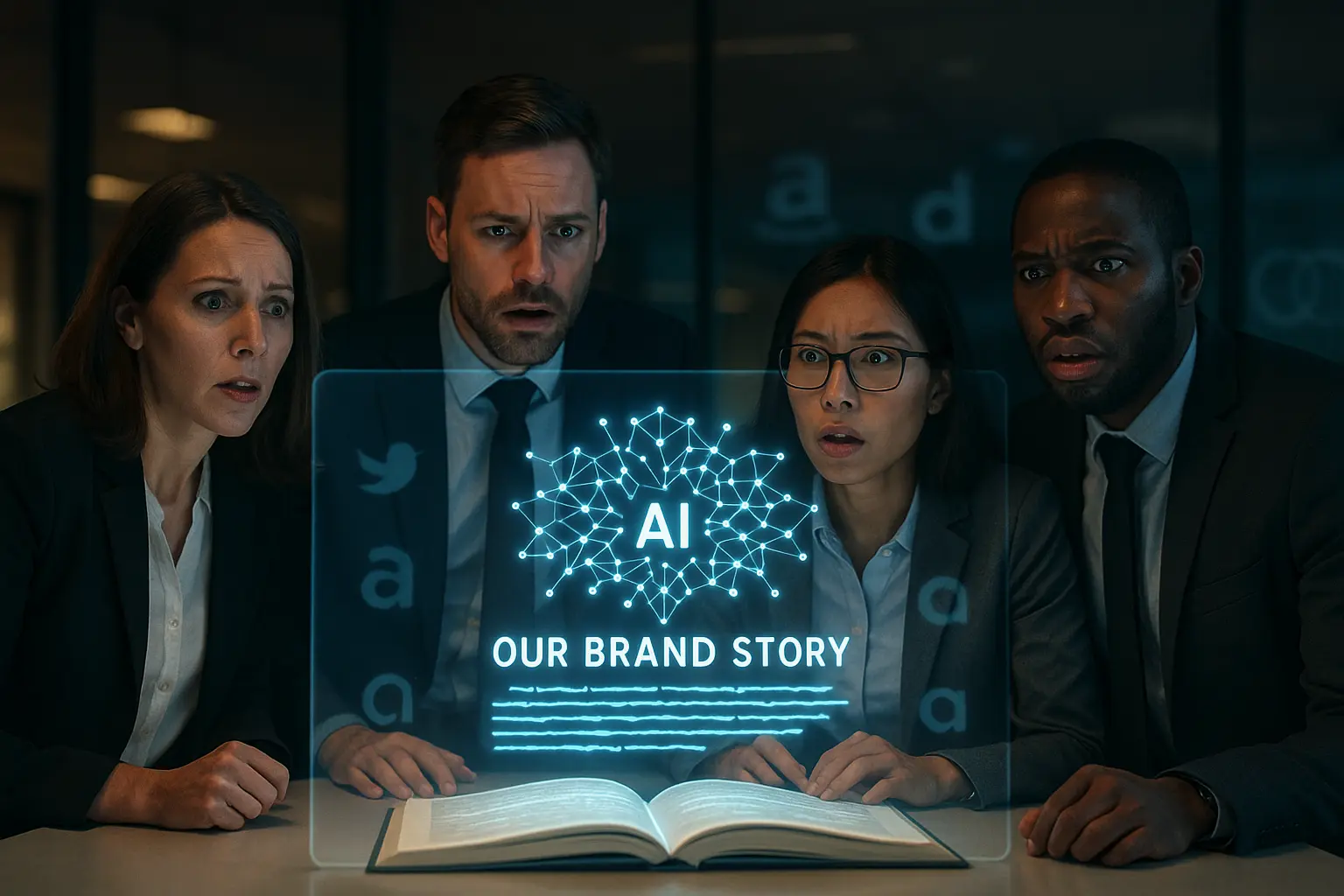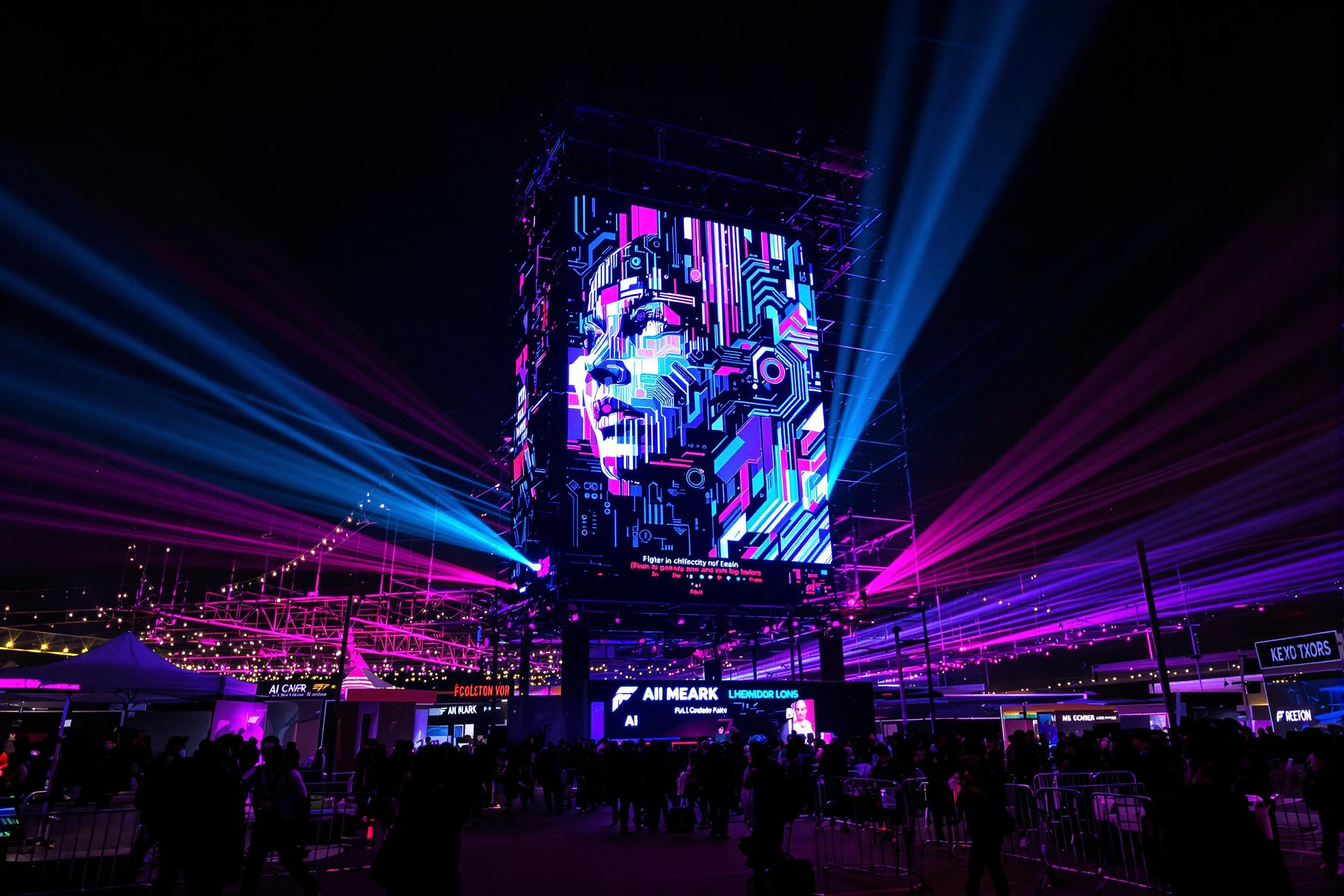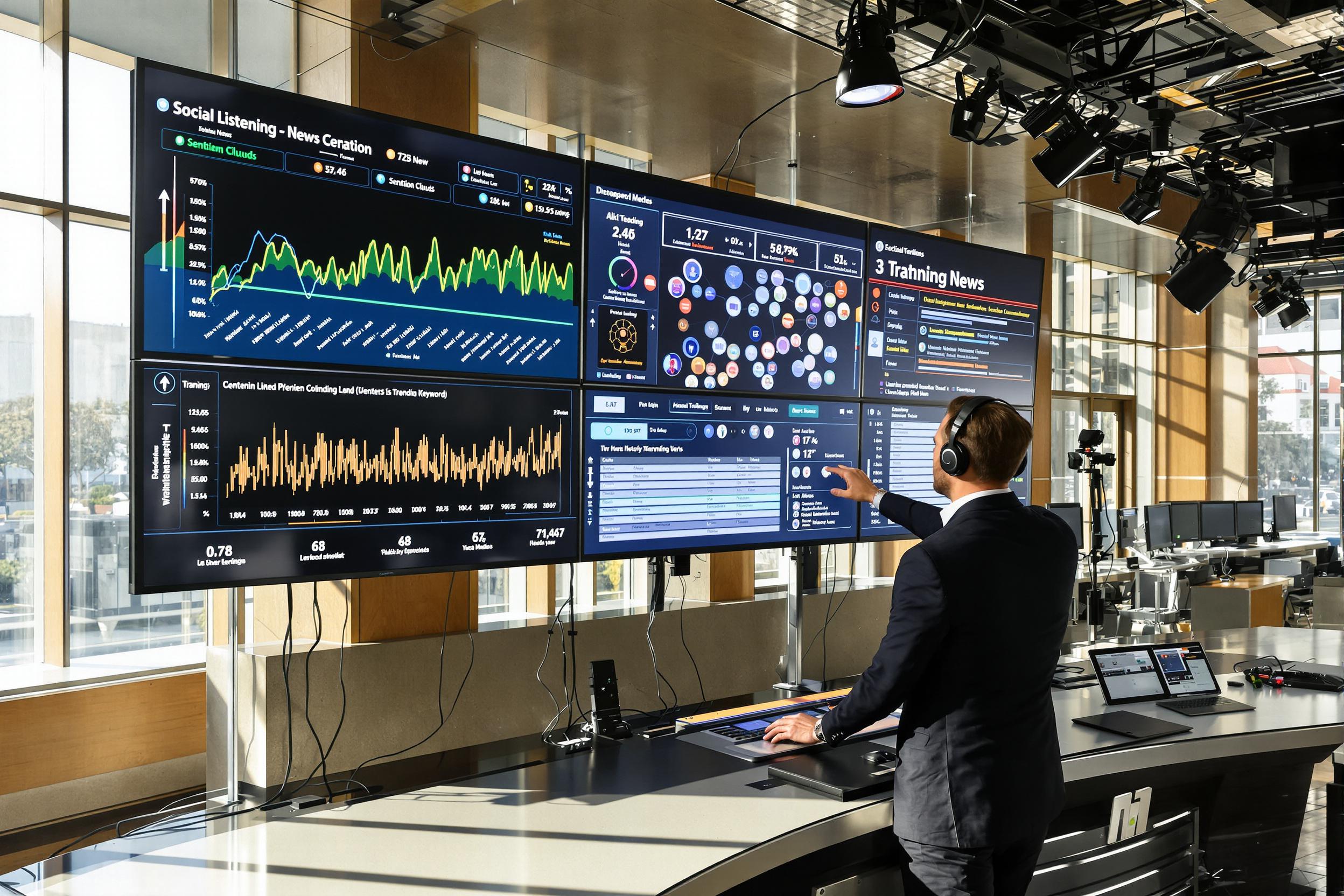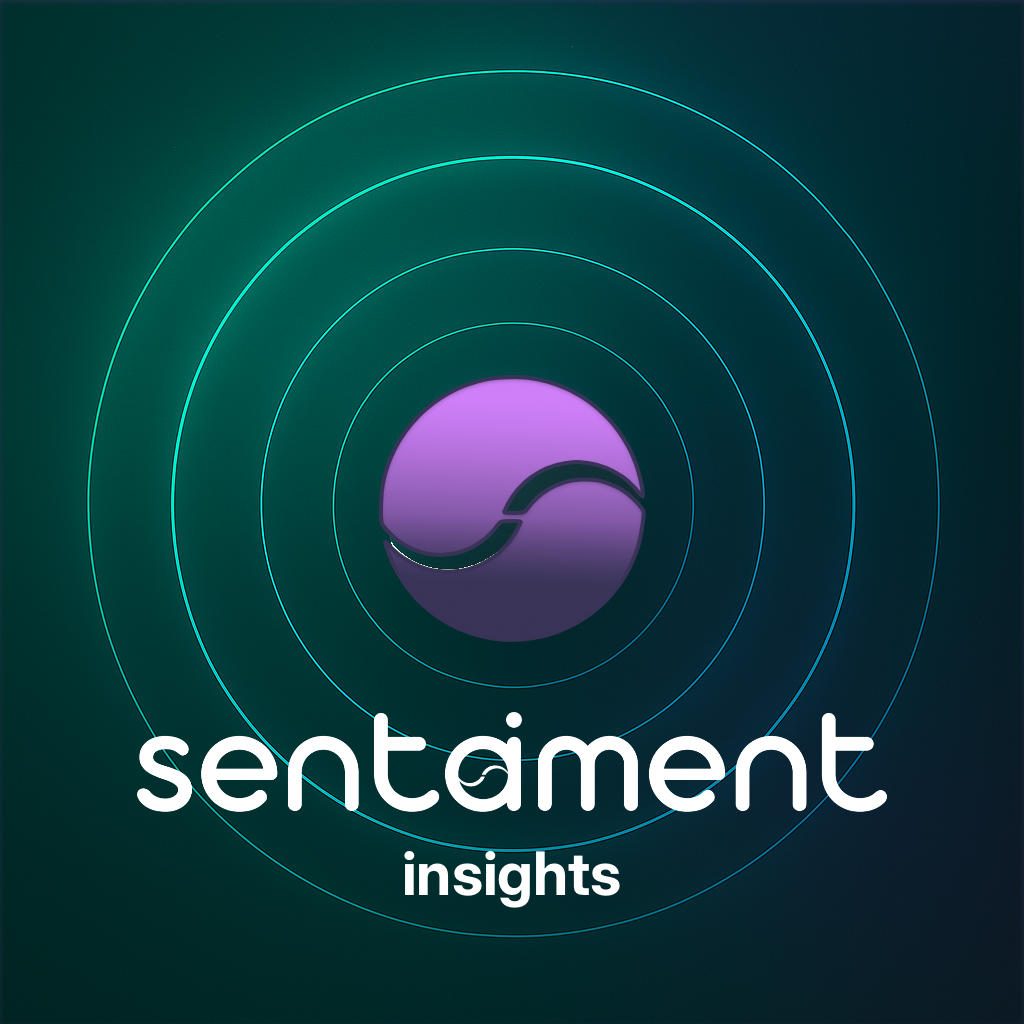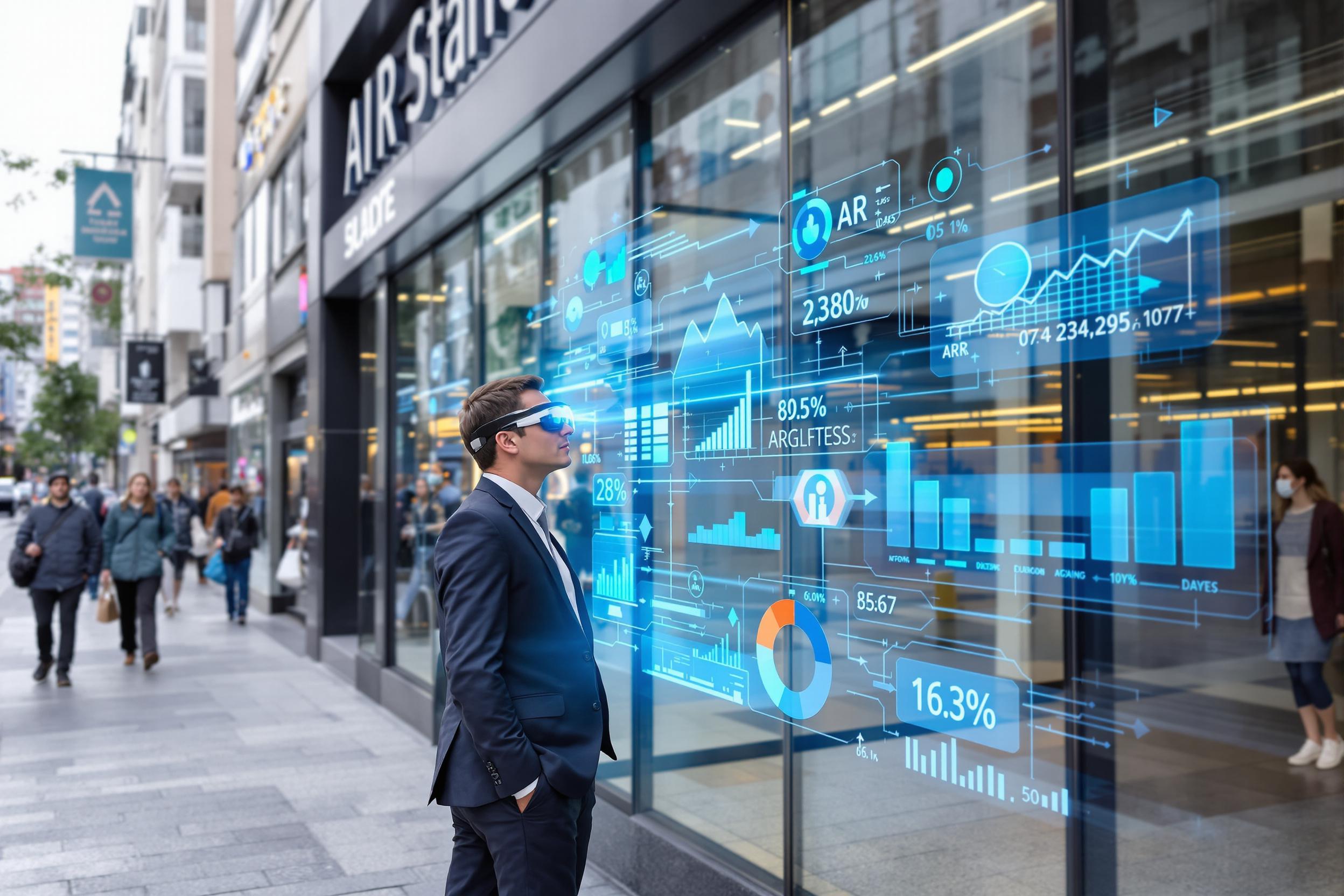For years, brand monitoring meant one thing: keeping an eye on your brand’s mentions across social media, news, and online reviews. But in 2025, that definition is outdated.
Today, artificial intelligence isn’t just changing how we monitor brands — it’s redefining what needs to be monitored in the first place.
The Rise of AI-Powered Brand Monitoring
The emergence of large language models (LLMs) like ChatGPT, Claude, Gemini, and Perplexity has transformed how people discover, research, and evaluate brands. According to PwC , 49% of consumers now rely on AI tools for product discovery, and this number is growing rapidly.
When someone asks, “What are the best PR agencies?” or “Which SaaS platforms offer real-time analytics?”, their first touchpoint might not be a Google search — it could be a generative AI response.
“Generative AI is altering the information landscape — and with it, the way brands are evaluated.” — McKinsey Digital, 2024
If your brand monitoring strategy doesn’t include AI systems, you’re missing half the conversation.
What’s Different About AI Brand Monitoring?
Traditional tools like Brandwatch and Mention track:
- Social media mentions
- News articles
- Online reviews
Modern AI brand monitoring tracks:
- LLM-generated answers (e.g., ChatGPT, Claude)
- Mentions in AI-surfaced summaries and comparisons
- Echo Score: Frequency, accuracy, and sentiment of brand appearance across 280+ AI and social sources
This isn’t just about monitoring social buzz. It’s about understanding what AI says about your brand — because buyers are listening.
Why It Matters More Than Ever
In B2B and B2C, trust is the currency of conversion. And AI platforms are increasingly becoming the first source of truth.
A Gartner report predicts that by 2026, 30% of brand perception will be shaped by generative AI content rather than traditional media. If you're not aware of what LLMs are saying, you may be:
- Missing from customer conversations entirely
- Misrepresented with outdated or inaccurate information
- Outranked by competitors better represented by AI systems
What to Track in AI Brand Monitoring
An AI brand monitoring platform like Sentaiment focuses on:
- LLM prompt analysis: What responses are models like ChatGPT giving for industry and brand-specific queries?
- Sentiment scoring: Are references to your brand positive, neutral, or negative?
- Competitive benchmarking: How do you stack up against peers in AI model outputs?
- Data source mapping: What sources are AI models pulling from, and how up-to-date are they?
“Most brands don’t realize they’ve already lost share of voice in generative search until it’s too late.” — Forrester Research, 2024
How to Start Monitoring Your Brand in AI
1. Prompt the AI yourself
Ask ChatGPT, Gemini, and Claude:
- “Who are the top companies in [your industry]?”
- “What does [your brand] do?”
- “What are the pros and cons of [your brand]?”
2. Use an AI visibility platform
Tools like Sentaiment automate the process of tracking brand mentions across 280+ AI and social engines.
3. Update your digital footprint
- Refresh website content and metadata
- Publish thought leadership that AIs can cite
- Update third-party sources like Crunchbase, G2, Wikipedia, etc.
4. Monitor, iterate, and optimize
Sentaiment’s dashboards help track improvements, spot inconsistencies, and catch sentiment shifts early.
This Is Brand Monitoring 2.0
AI is no longer just a channel — it’s a gatekeeper. Your visibility inside LLMs defines whether or not you’re discovered, trusted, or ignored.
If your brand strategy stops at Google and social, you're already a step behind.
Sentaiment helps agencies, PR firms, and brand teams monitor their reputation across 280+ AI and social platforms. Ready to see how your brand appears across generative systems? Get started at sentaiment.com.
